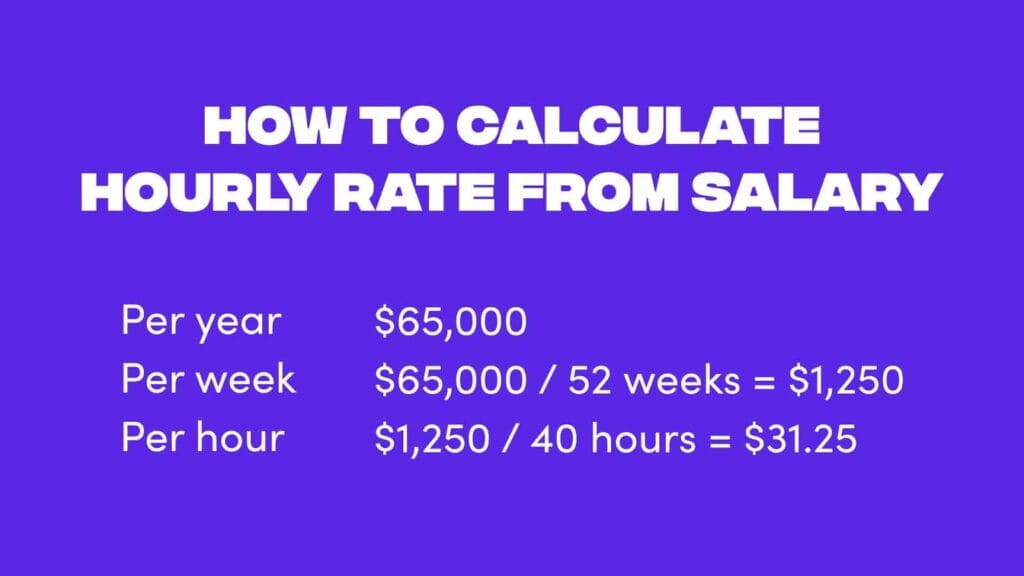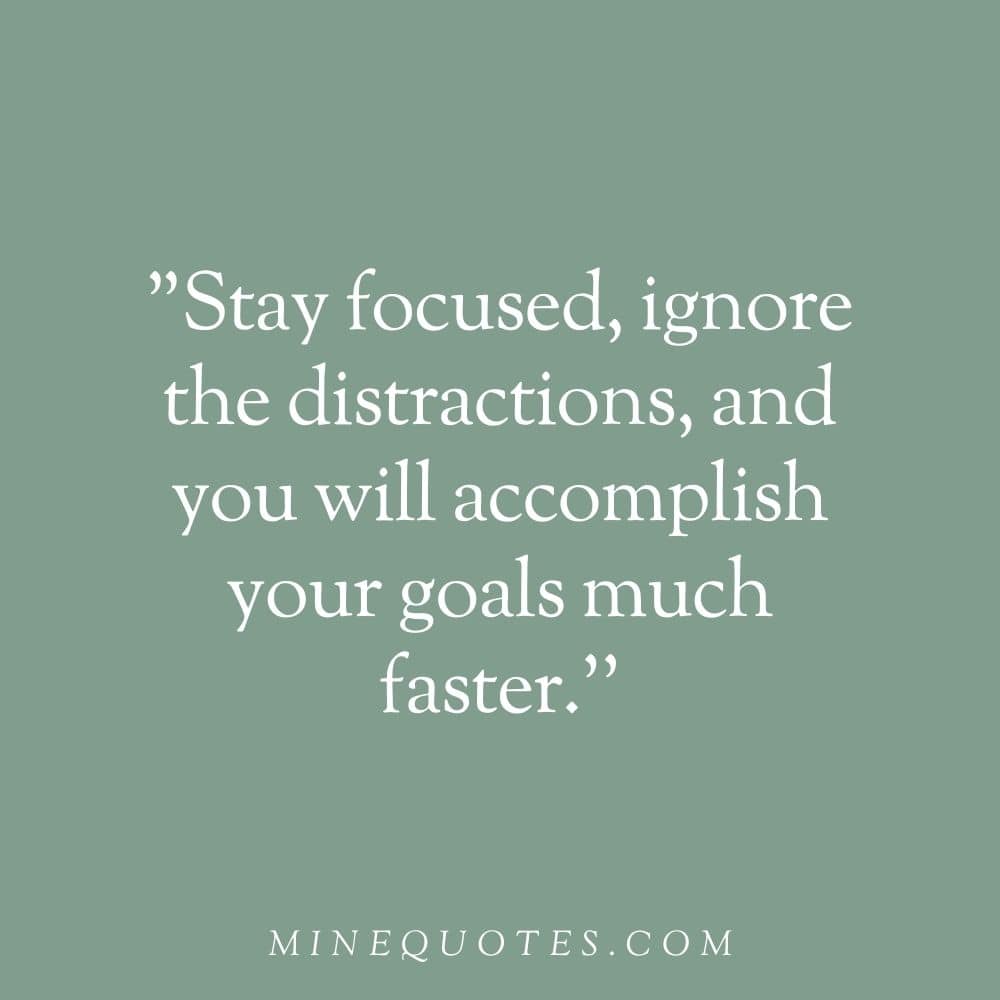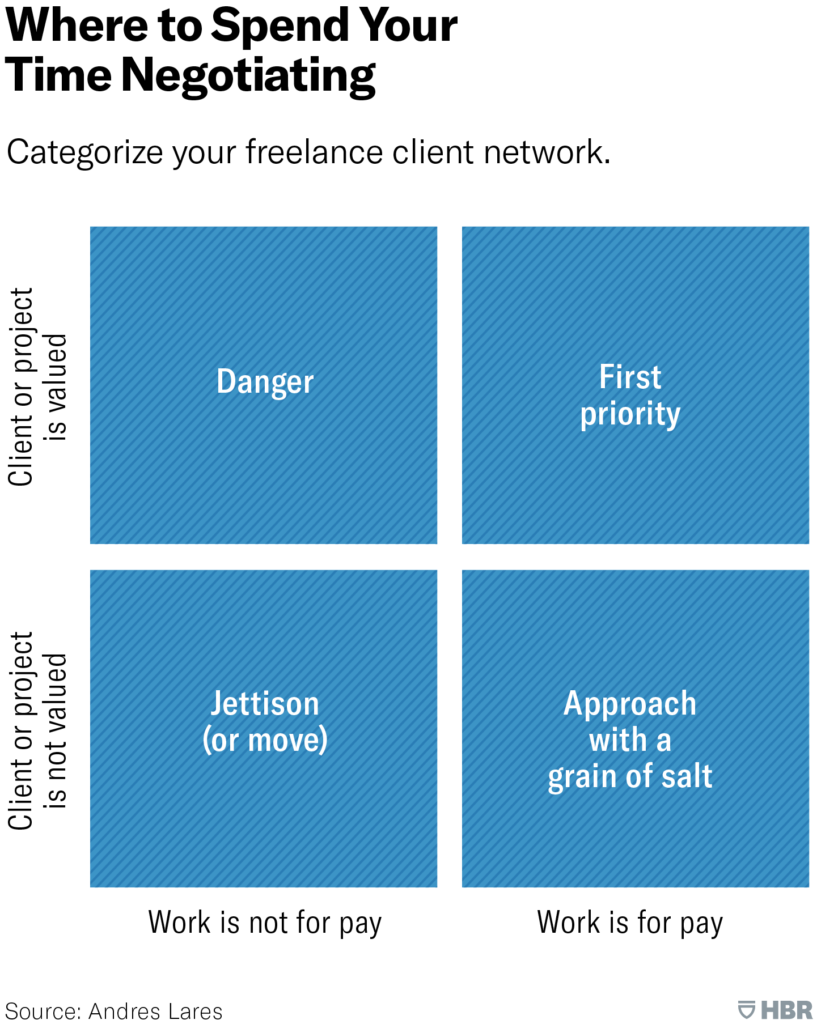Top 10 Simple Tips For Freelance Design Life
In today’s article, I want to share my Top 10 simple tips for a successful freelance design life, which you can use to stay sane and pay the bills.
The design industry is changing rapidly, so the biggest challenge for freelancers isn’t finding work. It’s getting new clients.
Freelancing is hard enough when you’re the sole breadwinner for a family, but it’s nearly impossible when you’re trying to pay off student loans, save for retirement, and support your spouse and kids.
Freelancing is a full-time job, and it requires a lot of focus, discipline, and patience. So how do you make it happen? With some creative planning, an effective strategy, and a few tips, you can create the lifestyle you want without sacrificing your quality of life.
Here’s the secret sauce for all freelancers who want to live the freelance dream without breaking the bank: these ten simple steps will help you find new clients and build your portfolio for pennies on the dollar.
Table of Contents
1 – Set Your Rates

I’ve seen countless articles on how to price yourself and develop your own rate. But the problem with all of these articles is that they assume you’re just starting in freelance design.
Freelancers who are new to the business need to establish themselves as legitimate. But, once you’ve done that, you can start thinking about your rates.
Designers and freelancers should charge hourly or by the project. There’s no one correct answer here, but there are some clear advantages to either method: Freelance designers should set their rate based on their experience and the amount of time it takes them to complete the project.
If a designer charges by the hour, the client should pay for the total time they spend working on the project, even if that means paying for all 60 hours it takes to complete it.
I’m a graphic designer with many clients who need help with their website, branding, and logo designs. I charge $300 per hour for consultation (or $150 if I’ve been working with a client for a while).
For each project, I give a breakdown of what I’m offering, my hourly rate, and how long it should take. I usually include the final price for the project so clients know exactly what they’re paying.
2 – Manage Your Time
How often do we hear about the need to manage our time effectively? I know that I’m guilty of working too hard when I don’t take the time to plan my week correctly.
But how do you manage your time efficiently while maintaining quality output? The answer is simple: Planning. There’s no doubt about it. The trick is making sure that you follow through with it. You ensure that your projects and tasks fit your overall goals by getting organised in advance.
Most freelancers are overwhelmed with the amount of work they have to complete. As a result, they may lose track of time, and it seems like hours pass by without realising that it’s been half an hour since they started working.
They could be getting paid for their freelance design work, but if they’re not aware they’re missing deadlines, there’s little incentive to ensure that the job is completed on time.
3 – Plan Your Workload
How do you plan your workload? To ensure you have a successful freelancing career, you need to keep up with the demands of clients and your projects.
To help you manage all this effectively, you should be prepared to make plans that will let you do what you need to do while still having the ability to meet the demands of others.
Before you start getting creative:
- Set your hours.
- If you’re working long hours at the studio, don’t try to juggle freelance design and studio work simultaneously. If you’re working on multiple projects simultaneously, you’ll need to figure out how to get them done efficiently and effectively.
- Don’t put yourself under pressure.
You know what it is like, right? You start working on your project, and suddenly, there are hours upon hours of work. And before you know it, you’re stuck trying to complete it, and you feel overwhelmed.
So if that’s you, you’re not alone! Freelancing can be stressful because it’s difficult to know whether your workload is fair.
But knowing what you can do to manage it better will help you get organised and feel a lot less stressed. The first thing to do is to understand how long a task takes. If you have a big project, it’s okay to do some research beforehand to help you prepare.
4 – Stay Focused

Freelance designers work from home, so there is no boss to tell them when to arrive or how long to work. Many distractions keep you from getting work done, but you’ll burn out and fail if you don’t make your time productive.
In my first year of freelance design, I learned to focus on the task at hand. Don’t waste time thinking about how busy your inbox is, how much you want to eat at your favourite restaurant tonight, or what you need to watch on TV.
This distraction-free zone is only a few hours a day, and it doesn’t take much time. You’ll burn through your quota fast, so be diligent.
In the long run, the focus is the key to success.
The reality is that there are too many choices available to us as designers. We may start our careers working with a particular brand, but eventually, we will likely work with a range of clients and styles of projects.
Even if a client isn’t your favourite, keep in mind that working for someone else can be a great learning opportunity. So many projects and people can offer you the help and experience you need to improve and grow.
5 – Don’t Settle for Anything Less Than Great
Most freelance graphic designers are familiar with some form of freelancing platform. Whether through Upwork, Freelancer, Elance, or Fiverr, we know freelancers must deal with clients often challenging to work with.
But for any freelancer, finding new clients can be a pain, and finding new work can be tricky. To make matters worse, sometimes it seems that the client will never pay you even when you’ve landed a gig.
I’m a firm believer in the rule that graphic designers should never settle for anything less than being amazing at what they do. At the same time, though, I know that it can be challenging to maintain that level of excellence when working in the freelance world.
I was lucky enough to have a career where I could put in long hours and still have time left over to enjoy my hobbies, but I know that not everyone is so lucky. When I started freelancing full-time, I started setting boundaries for myself.
I began to say no more often than yes. I tried to do my best work and expected my clients to pay me accordingly. I maintained that level of excellence, and my client base grew exponentially.
Still, I eventually had to start saying no more often than yes because I couldn’t give my clients exactly what they wanted. It’s tough to say no, but if you’re committed to doing great work, you’ll have to be willing to set boundaries for yourself and take pride in what you do.
6 – Don’t Quit Your Day Job

“If you want to build a career as a freelancer, don’t quit your day job,” says Tomer Sharon, founder of Freelance Folder. “If you’re making your living and have some savings, you don’t need to risk that.”
Before you quit your day job and go into freelance design life, there’s something you need to know: freelancing is hard. While being a freelancer might seem like a simple concept, it takes a lot of time, effort, and self-discipline to make it work.
Freelance designers are under constant pressure to show value, perform consistently, and make money while working on short deadlines. Being a freelancer is tough, but the rewards are worth it.
7 – Be Humble
“For your business to stand apart from your competition and create a positive reputation, you need to be the kind of person everyone wants to work with.” – John Wray, Chief Creative Officer at Branding Board.
The key to being successful as a freelancer is to be humble. If you approach freelance design like working for a large corporation with a massive budget, you’ll likely fail to impress potential clients.
You don’t have any guarantees, and no one will throw money at you because they think you’re terrific. It’s up to you to show them that you’re worth their investment.
They need to see a level of professionalism that tells them that they can trust you. Show them you respect them, their company, their product and their needs. If they sense that you’re only interested in their money, you’ve already lost them.
While you may be tempted to brag that you’re a freelance design guru, keep in mind that it’s probably not going to help you much in terms of getting hired.
Remember that you’re competing with hundreds of thousands of freelancers worldwide who have done exactly what you do. Instead, show that you’re a self-starter, a hard worker, and a creative thinker. This is especially important if you’re new to freelancing.
8 – Learn How to Negotiate

Whether you’re negotiating a design project or a contract, it helps to know how others negotiate in your field.
In addition to knowing what tactics to use, it’s also essential to have some basic negotiation skills. For example, you don’t have to play into it if you feel your client has a hidden agenda or doesn’t seem to act in good faith.
If you get an offer that seems too good to be true, you can’t just accept it and walk away. It would help if you tried to negotiate a better deal.
It’s essential to understand what kinds of negotiations will arise when working as a freelancer. There are many areas in which you might have to negotiate your rate, deadline, payment schedule, the scope of work, and even the project’s scope, and it’s essential to know how to do so effectively.
When you negotiate the price for your services, you need to present the information that makes your value worth more than someone else’s.
9 – Focus On One Thing at A Time
When freelancers are under pressure to hit deadlines, they often end up overworking and doing too much. They may feel like they need to put in 100 per cent of their effort or be considered a failure, so they rush through the design process. That often leads to a product that’s inconsistent and lacking polish.
To avoid this, start with only one thing at a time and take a step back when you feel overwhelmed. Once you have completed that task, take a step back and evaluate the results.
When starting freelancing, designers often feel overwhelmed by the number of tasks they are asked to complete. Most freelancers have a to-do list of assignments that can seem endless at the end of the day.
Don’t worry about everything else while working on a single project. Be selective with how much you do. Ask yourself if you can commit to completing the next thing on your list before moving on to the next task.
Once you’ve completed that particular assignment, you can add more items to your to-do list. It’s okay to be choosy when it comes to what you’ll tackle next.
10 – Create a Personal Vision Statement
Your personal vision statement is more than just a laundry list of things you’d like to be able to do. It should also include your beliefs about the world, values, and mission.
Your vision statement provides a direction for where you want to go as a freelancer. Think of it as your mission statement for freelancing.
A personal vision statement helps you visualise your goals for the future. It helps you set your course, motivating you to keep moving forward and keep moving in the direction you’re going in your freelance design life. In other words, it helps you to stay focused on the long-term vision of your career and life.
The first step in creating a vision statement for your freelance business is to reflect on your past successes and failures.
You’ll see where you’ve been, where you’re now, and where you need to be in the future. To achieve your goals in your freelancing career, it’s essential to start with a clear understanding of who you are and what your values are. Use these answers to build a vision statement for yourself, your brand, and your company.
Conclusion
I hope these tips have helped you see some of the challenges and joys of freelancing. It’s a lifestyle choice, and it can be hard at times. But don’t worry, the freelancing life is full of joys, successes, and failures.
So, embrace it, embrace the struggle, and get going! If you’re new to freelancing, start small, find some clients, and build your reputation.
Once you start getting client requests, you’ll learn a lot about yourself, and you’ll probably start finding out what you’re good at. When I started as a designer, I got a call from a friend who told me, “I want you to design my logo”. It turned out to be one of the best projects I’ve ever had. So, get out there, live, and design!
For more tips and advice on freelance design life, follow us on Twitter.
